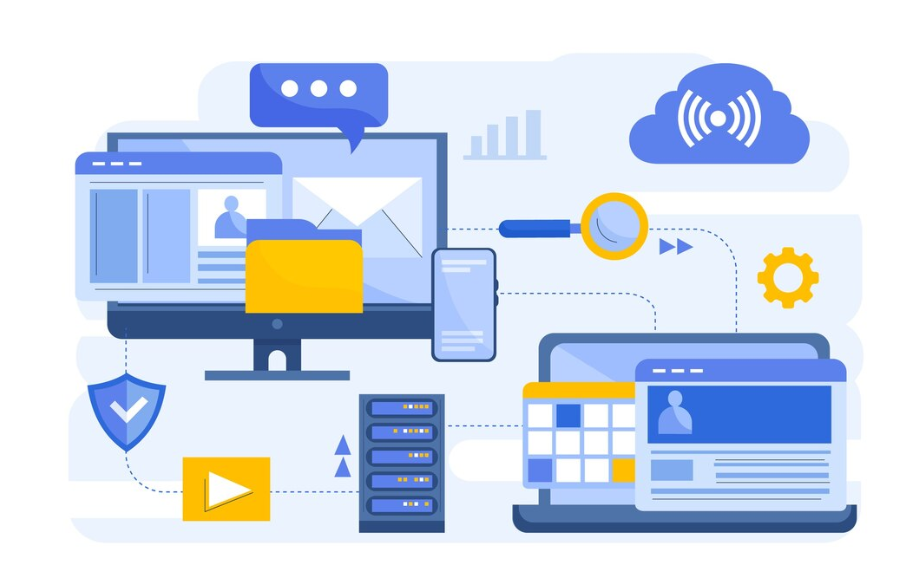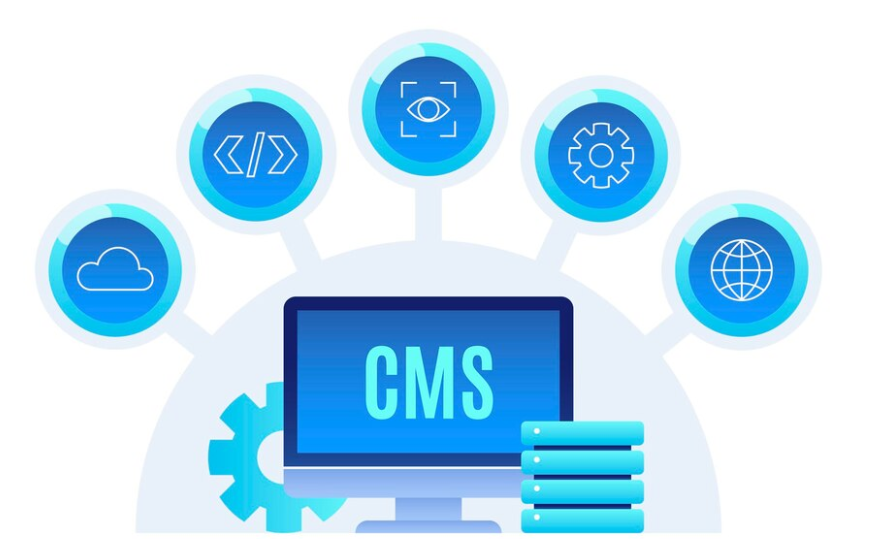The software development life cycle (SDLC) outlines the phases and duties associated with each stage of software development. The entire software development process, from initial planning to maintenance to eventual retirement and replacement of the finished product, is map out in the SDLC model.
The rapid and effective production of high-quality software through a sequence of stages or phases is a key objective of the SDLC. The company and the objectives of the software product determine how many steps are included in the SDLC. At the most basic level, software is designed, developed, tested, and finally released by teams. The software is maintained when it is released until it is discontinued. Although there may be more, there are usually five to seven steps.
What Is A Software Development Life Cycle Model?
The Software Development Life Cycle is a systematic framework that helps development teams design, build, and maintain the software. SDLC models are working like a skeleton of the whole software development process.
In the Software development life cycle models the software development process tasks are divided into various steps assigned, completed, and measured. The actual goal of the SDLC model sare to produce the high-quality software that is required to meet the customer’s expectations and minimize the project’s risks.
Steps Of SDLC Model
Here are the steps of the software development life cycle that you must know for the proper execution of the project.
Evaluate The Software’s Purpose And Work:
Examine the current software model. In the event that software already exists, teams find any flaws in the program. Teams can do this by evaluating metrics obtained from application performance monitoring (APM) tools, conducting user interviews, and speaking with support staff. This stage sheds light on the software’s advantages and disadvantages as well as potential improvements for the following development cycle.
Make A Plan For The New Software Needs:
It is necessary to fix the shortcomings of the current program. Teams offer detailed suggestions for enhancements, like new capabilities and features. In this phase, the requirements for the new software are simply defined if there is no existing software. Hardware, operating systems, programming, and security are a few examples of requirements.
Create The Suggested Software:
The software specs are transformed into a design plan during the design process. Plans pertaining to programming, communications, hardware, OSes, architecture, and security issues are created by teams.
Create The New Software:
The code is constructed by the developers throughout the software development life cycle model development stage. New programs and components must be installed by developers.
Examine The Program:
Prior to integration and management, the test step ensures that the software functions. By the end of this phase, the program needs to be functioning according to the initial requirements. Which tests the team utilizes depend on the structure of the code. As seen in this list, many firms isolate software testing from the development stage because it is a significant phase in the SDLC.
Users Should Be Pushed The Software:
In order to gradually replace an outdated product, new software is occasionally phased in based on application or region. In other situations, users switch to the new system all at once after the old system is shut down.
Keep An Eye On The Software:
Software should be thoroughly tested for stability and performance by organizations. Logs, APM, and other metrics-gathering tools are used by organizations for monitoring. The development team should be notified of any issues so that they can address them in patches or continuing software maintenance initiatives.
What Are The Different SDLC Models?
software development life cycle models vary depending on project requirements and they can be combined into simple a hybrid methodology. Documentation is crucial and created parallel to the development process. The Waterfall model, a linear, sequential approach, emphasizes a logical progression of steps.
It’s often associated with large, monolithic software products, but many developers avoid it due to inefficiency.
Rapid Application Development: The Waterfall software development life cycle model’s drawbacks led to the creation of RAD, which emphasizes a more flexible method of software development.
Joint Application Development: This phase is the collaborative development of applications. Through workshops, JAD involves the end user in the design and development process.
Prototyping Of The Model: According to the prototyping paradigm, software development cannot begin until a functional prototype has been created.
Spiral Model: The Waterfall and prototyping methods are combined in the spiral model.
Synchronization Model: Teams operate on separate software models under this model. After that, teams collaborate on their code and debug it.
V-model: A flowchart is mapped out in the shape of a V using the V-model. The software development component forms the base of the V, business requirements are developed in the downward-sloping portion, and testing is conducted in the upward-sloping portion.
Pros And Cons Of The SDLC Model
Now every software development life cycle model works in the same way. Certain models work well and some of them do not work as well as the other one. The facts are very simple, based on the purpose of the software you have to select the software development life cycle models. Waterfall models are easy to understand, well-defined, and easy to verify each phase.
The waterfall model does not allow for the starting of the next phase until the previous one is finished. However, this model is not suitable for long projects and it can be expensive if any changes are required.
| Pros Of The SDLC Model | Cons Of The SDLC Model |
| An established and precise software development life cycle helps to prevent potential errors. | Resources are needed for some models more than others. |
| The SDLC makes it simple for teams to track their progress. | Not every model works best in a given setting. |
| Testing can be made easier with fewer software iterations. | Errors during the planning phase may cause delays throughout the software development phase. |
| A software development life cycle model’s use of sprints can help accelerate development. | Not every model can be readily modified. |
In Summary
Hope now you get the ideas of how the software development life cycle works and what are the necessary steps for developing the software life cycle. First, understand the purpose of the software and its actions. Then only you can understand which model is going to be suitable for the projects. The long-project waterfall models are not suitable for long and complicated projects. You have to select the other models from the list which are much more suitable and effective for the projects.
Read Also:
1. Prime Hospital – Hospital Management System
2. Content Writing
3. Flint De Orient – Innovating your digital future
4. What Is A Software Solution?





8 Comments